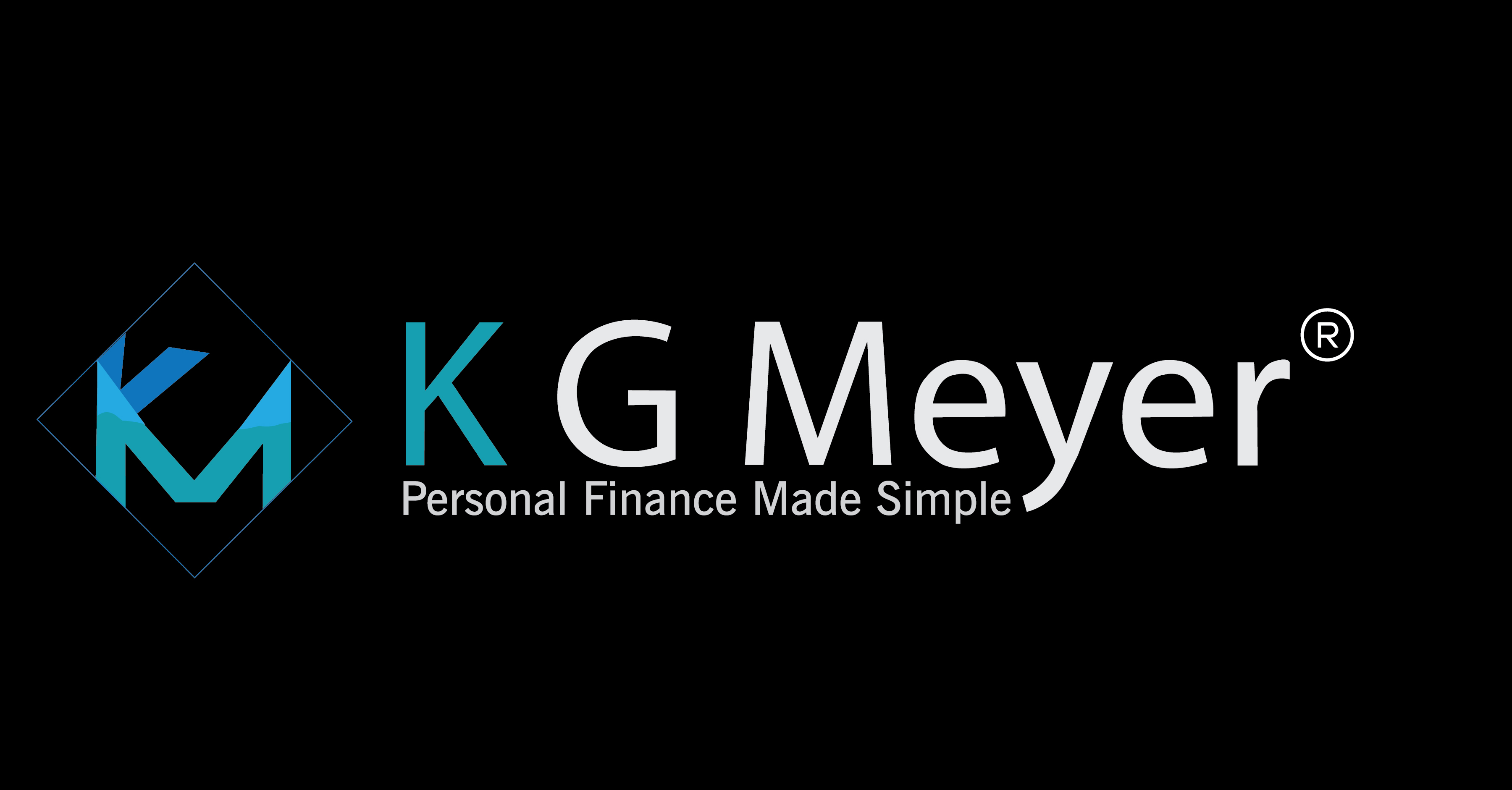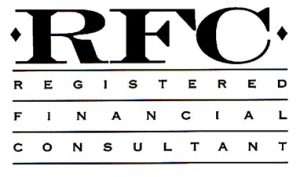Investment Choices for Everyone
Now that I am officially an investment advisor I would like to discuss the advantages of three ways in which people can invest in the markets for the long-term. First, we will look at the use of Target Date funds and the pros and cons of their use. The second investment method will be the use of a newer technology and that of Robo Advisors. And finally, we will look at the use of a more traditional investment advisor like myself. So let us get right to it.
Target date funds are extremely popular for investors who do not wish to be bothered with selecting the ratio of equities to bonds in their portfolios. The funds allow an investor to select a fund with a date that is near their desired retirement date. So if you were to set to retire in 2035, you might select a fund that is geared towards 2030 or 2040 depending on how risk adverse you may be. The goal with these funds is to invest heavily in equities when you are further away from your target date and shift to bonds as you approach that date.
The issue I have with these funds is that while they are extremely popular and useful many people investing in them do not fully understand how they work. Yes, they all shift from more risky assets to more conservative ones over time. But many start out with a good portion of the money you invest in a fairly conservative mixture with people in their twenties and early thirties owning a significant portion of their portfolio in bonds. This is not something I recommend as when you are younger than 35 or so you can afford to take risks with your portfolio because time is on your side that you will make back any losses and then some additional gains.
The cost of these funds
The cost of these funds is not really all that bad with the average mutual fund charging about 0.75% annually and if you were to invest in a Vanguard fund that can be as low as 0.17% annually. It pays to shop around on these funds not only for asset mixture but their management fees as well. An almost 0.60% savings over 30 plus years can equal tens of thousands of dollars in lost potential. And finally, you need to be aware of how the fund shifts it assets as you approach your target date. Does it stop the process at the date or does it continue through into your retirement? If it stops its asset reallocation at the target date, that to me is a bad thing as you may be in your retirement years for 20 plus years. Meaning if you were invested heavily in bonds at the target date you are not as invested in equities as you should be to ensure you will continue to grow your portfolio’s value.
With Robo advisors, you fill out a brief questionnaire on your risk tolerance, and then they will proceed to invest in a group of Exchange Traded Funds (ETF’s) based on the brief risk assessment. Like Target Date funds not all Robo advisors are created equally. Some are free to use while others will charge a fee of generally 0.25% of the assets you place in their system. The management fees are not all that bad, but you must also consider the fee that the ETF’s will also charge. And depending on the ETF that could be anywhere from 0.10% to almost 1.0% per ETF. These things do add up over time so keep the fees in mind.
Good thing about Robo advisors
A good thing about Robo advisors is that they will automatically rebalance your portfolio back to match your last risk tolerance survey with them. Some even will go as far as using tax loss harvesting in taxable accounts to minimize your tax bills. What they will not do it adjust your risk level as you get older and it is up to you to then retake their risk survey to have them develop a new portfolio to match your new risk tolerance. And finally, the higher the management fees that they charge will get you extra perks such as the ability to speak to an actual investment advisor, a larger selection of ETF’s to select from or even the ability to use ETF’s and individual equities. What Robo advisors do not consider are assets outside of their system when allocating to different asset classes.
And then there is investment advisors like me who provide services that can be a combination of all that the other two methods offer. When looking for an investment advisor select one that is a fee-only and a fiduciary, meaning that they will not benefit from the services other than the fee you pay them and must act in your best interest. Avoid advisors that sell mutual funds with a load, meaning that they get a percentage of the money you invest as compensation which can be 5% or more. Also, avoid advisors that sell insurance and annuity products directly to you as they are paid a commission on each sale. If an advisor profits from selling you products it is likely they may not have your best interest in mind.
Investment advisors may also offer to manage assets for you similar to a Robo advisor but with more insight and input from you as their client. For small amounts that are invested in this manner, the annual fee can be as high as 1.50% or more and then can go lower as your assets grow in size. With an investment advisor, you can have a much more tailored portfolio of equities, mutual funds, ETF’s, and bonds plus other asset classes. Also, a good advisor will be able to make suggestions without the need to fill out additional surveys or questionnaires. The role of a good advisor is to take the emotional connection to the markets away from you and make decisions based on facts. This is something that many people have an extremely difficult time doing and where an advisor becomes worth their fees.
All three of these investing methods have pros and cons. What is important is for you to find what works for you and makes you comfortable. And always, when in doubt seek the advice of a professional. If you have any questions or comments, please feel free to leave them here or contact me directly.



